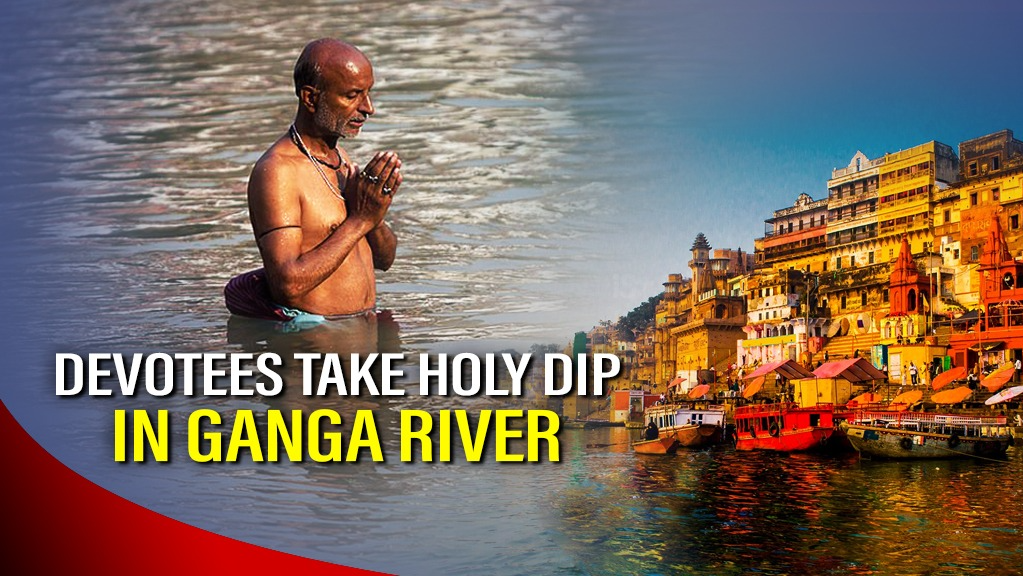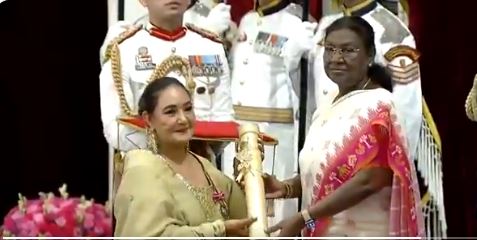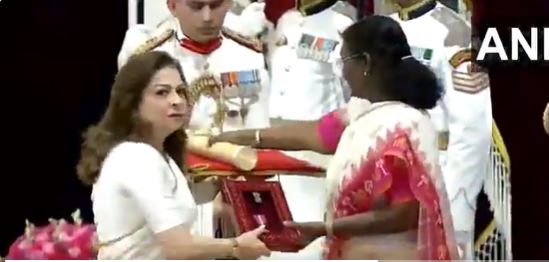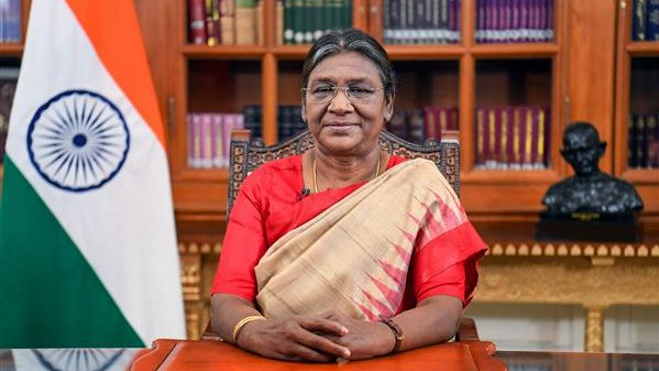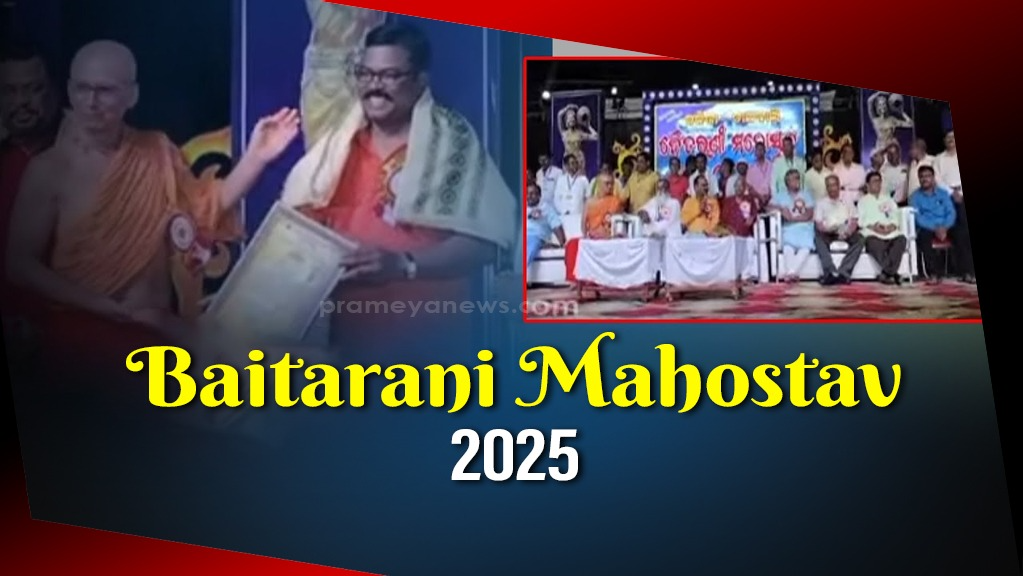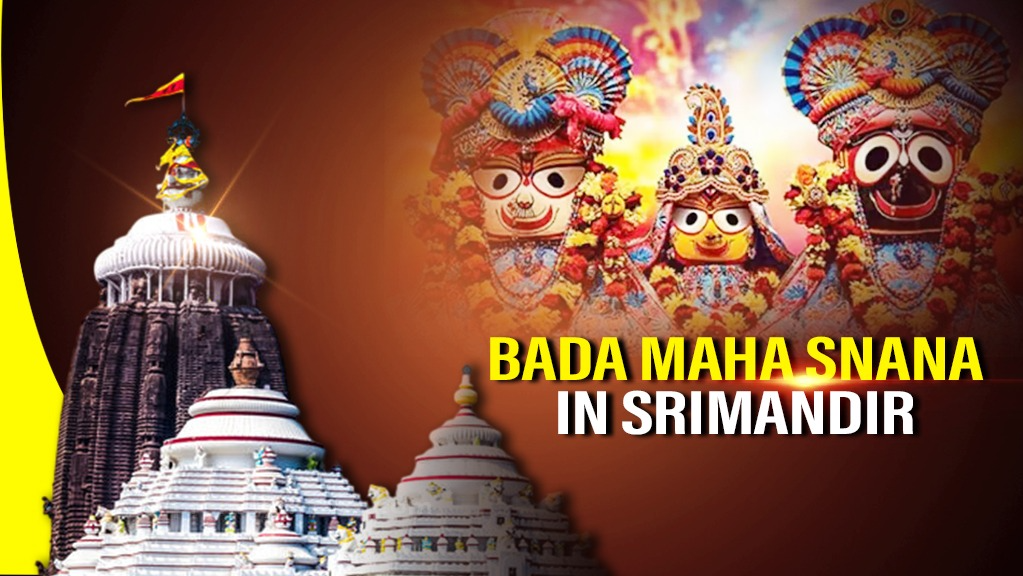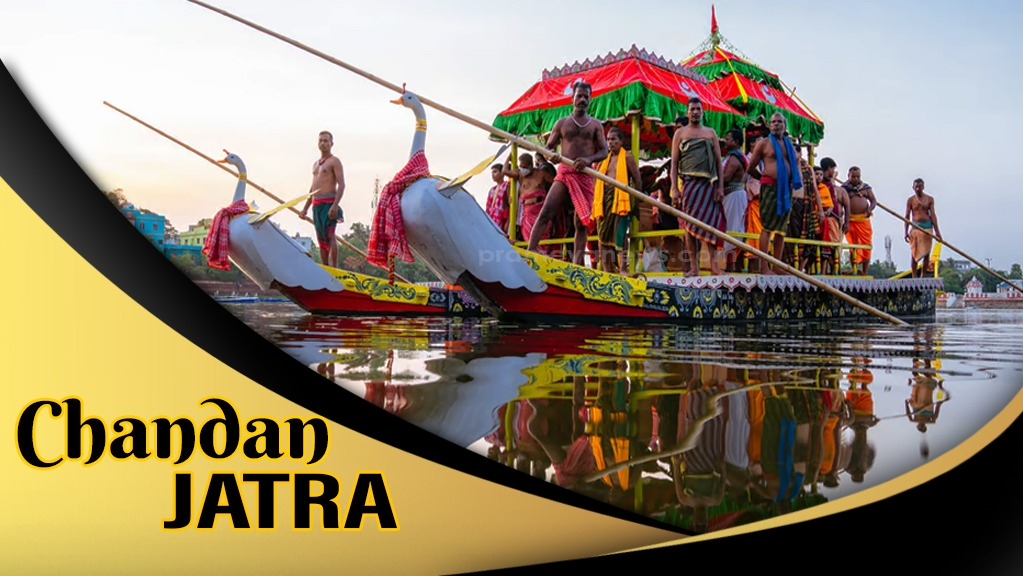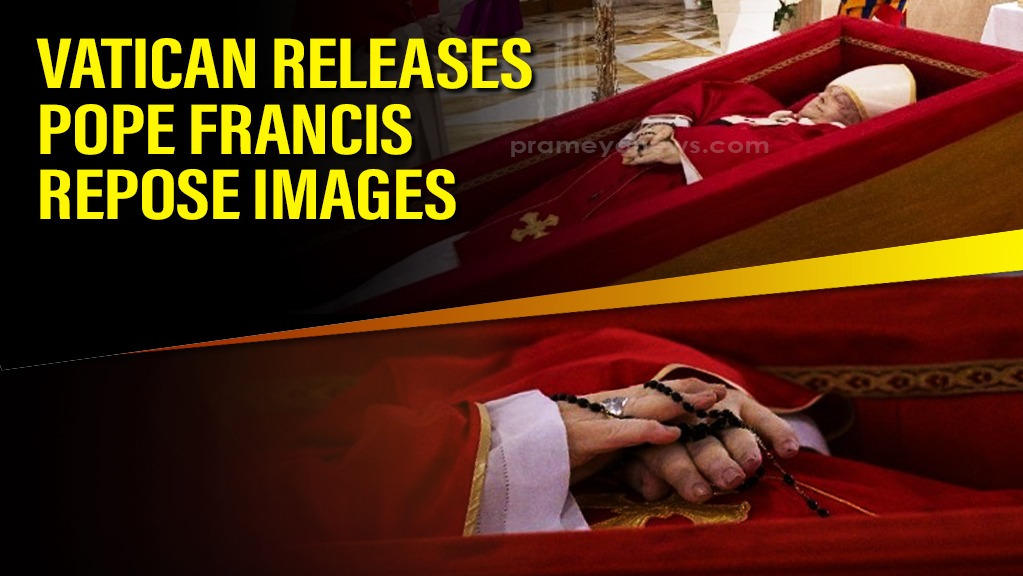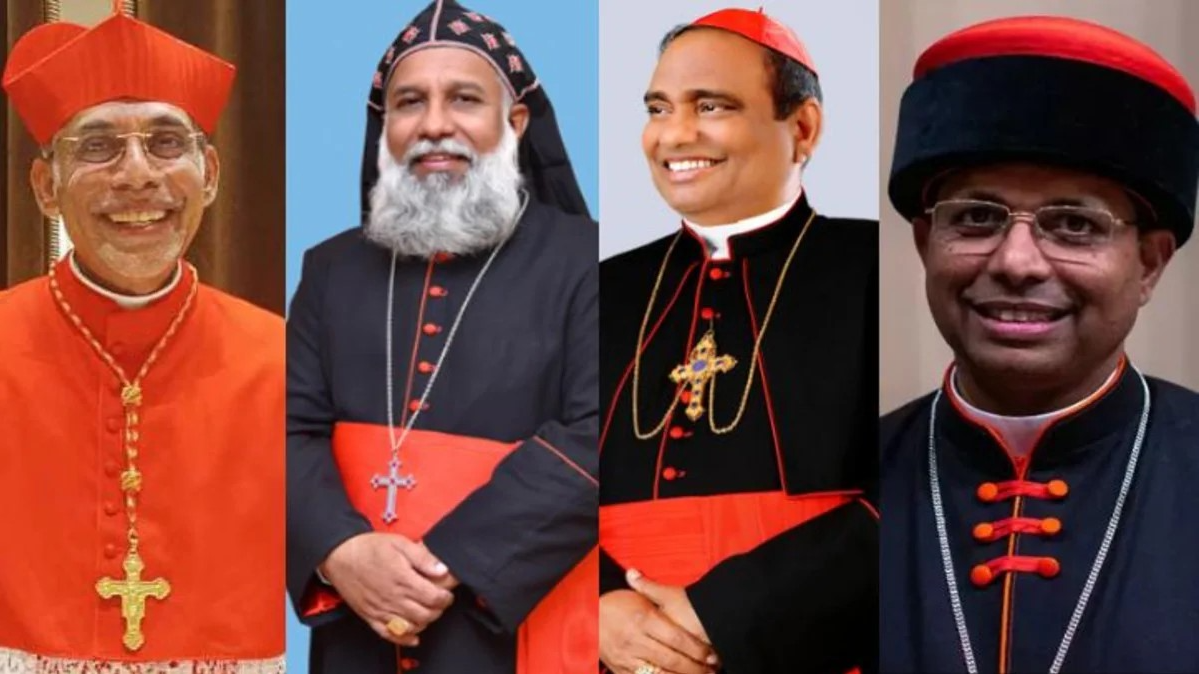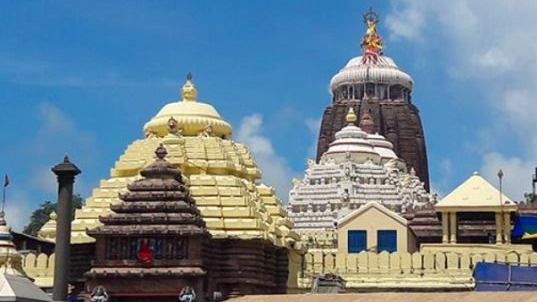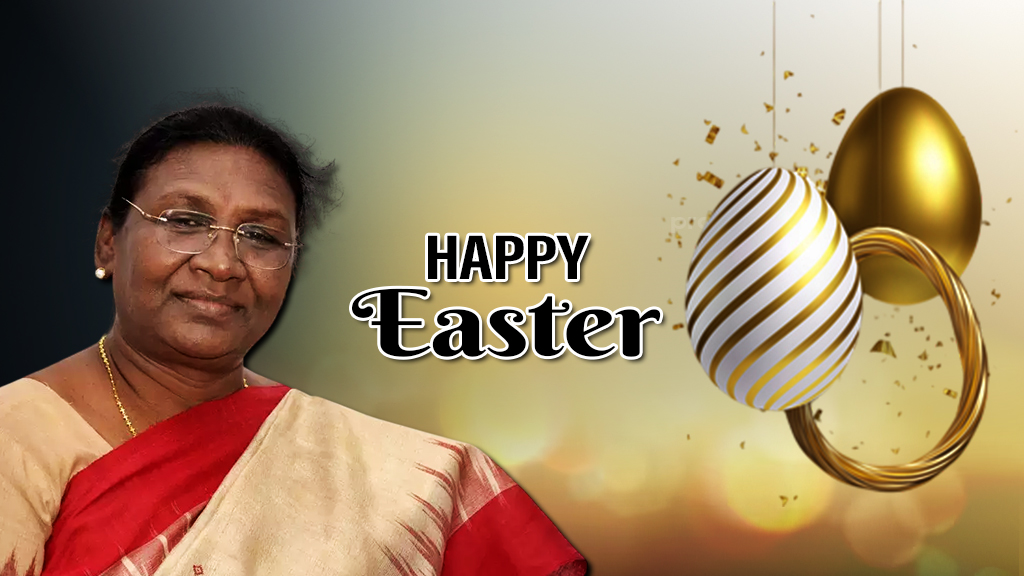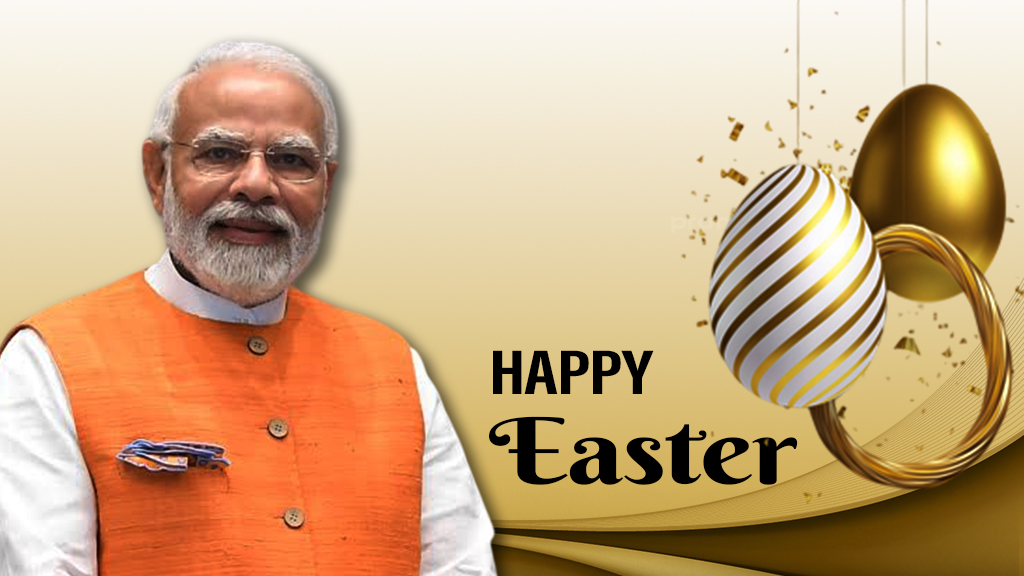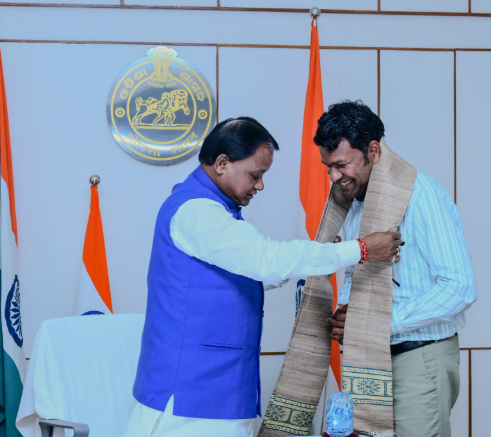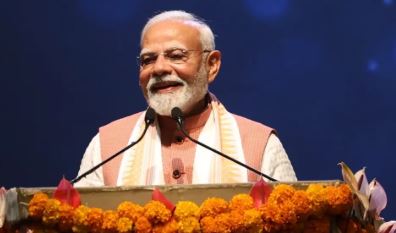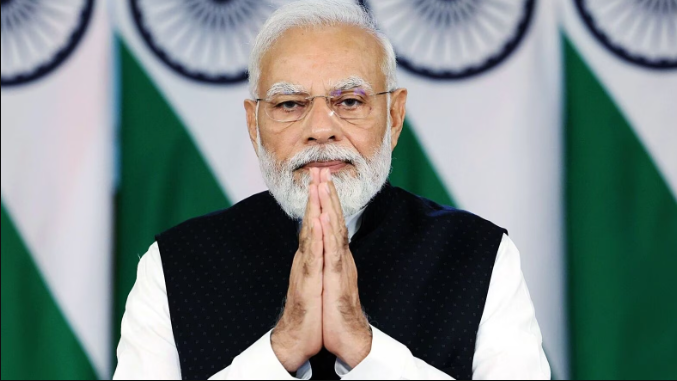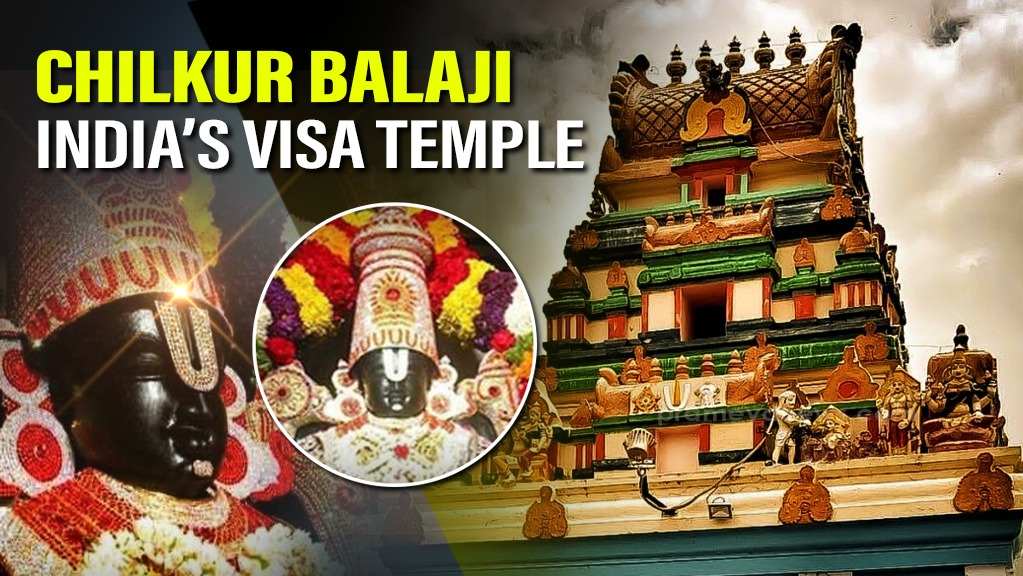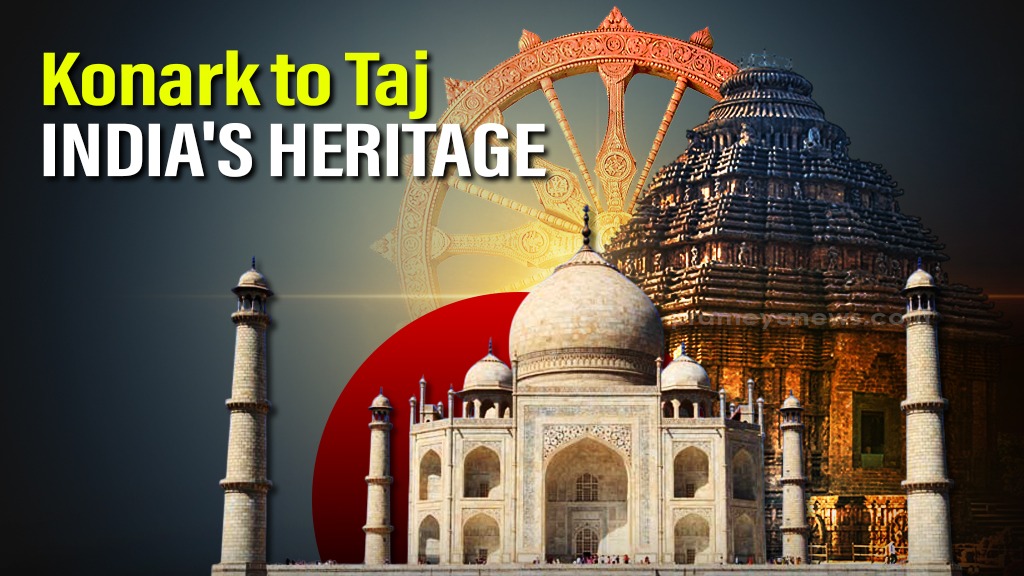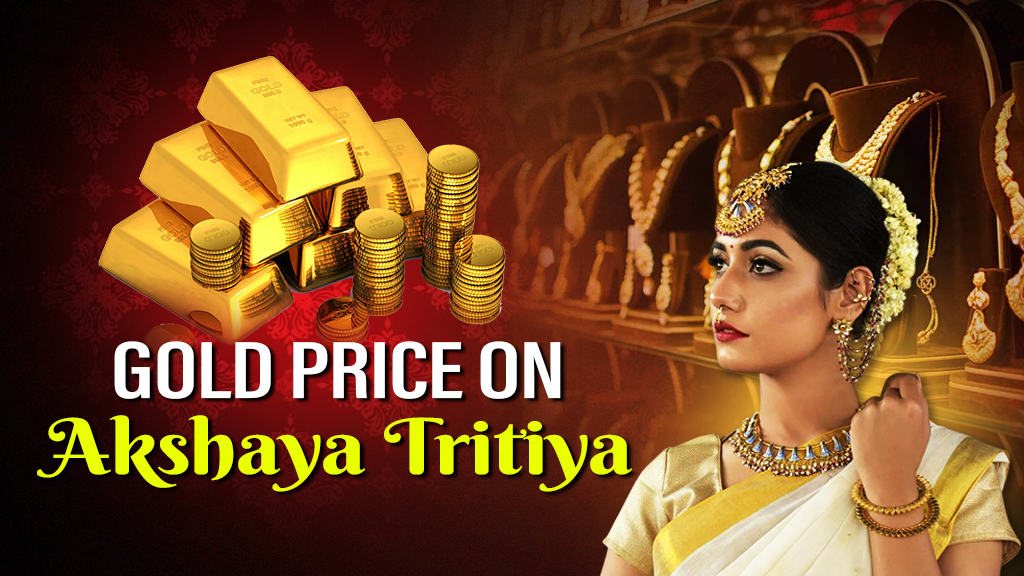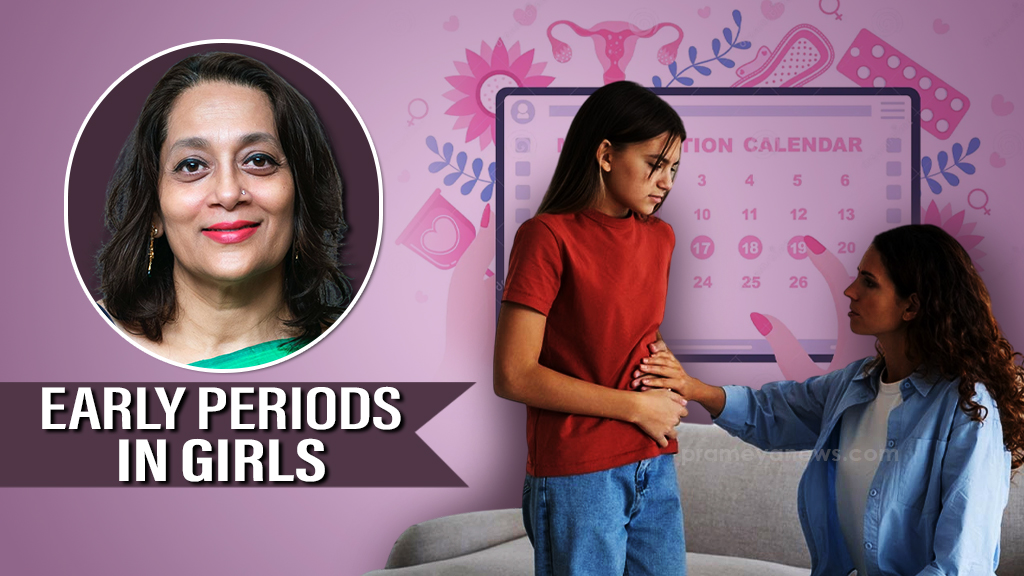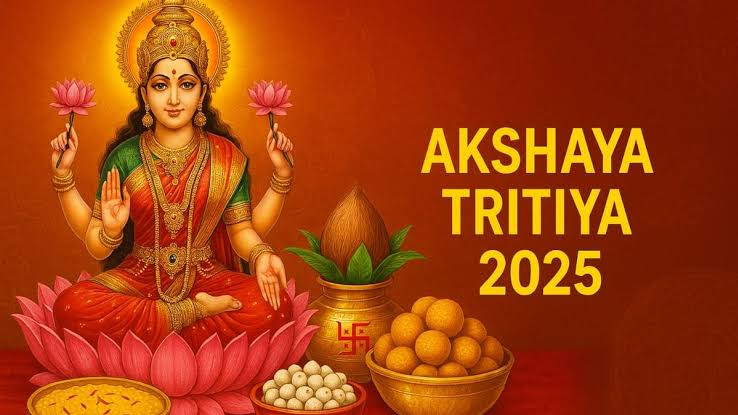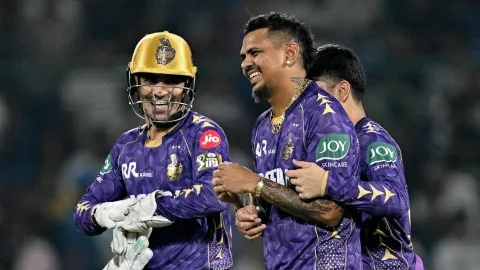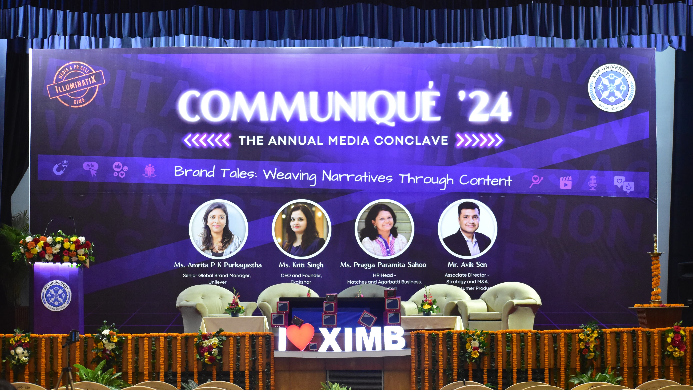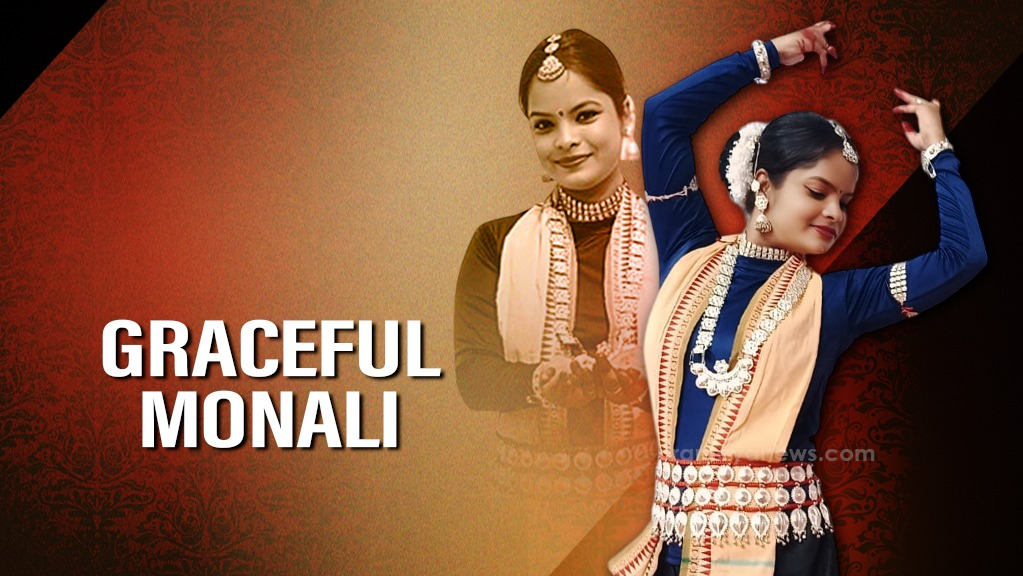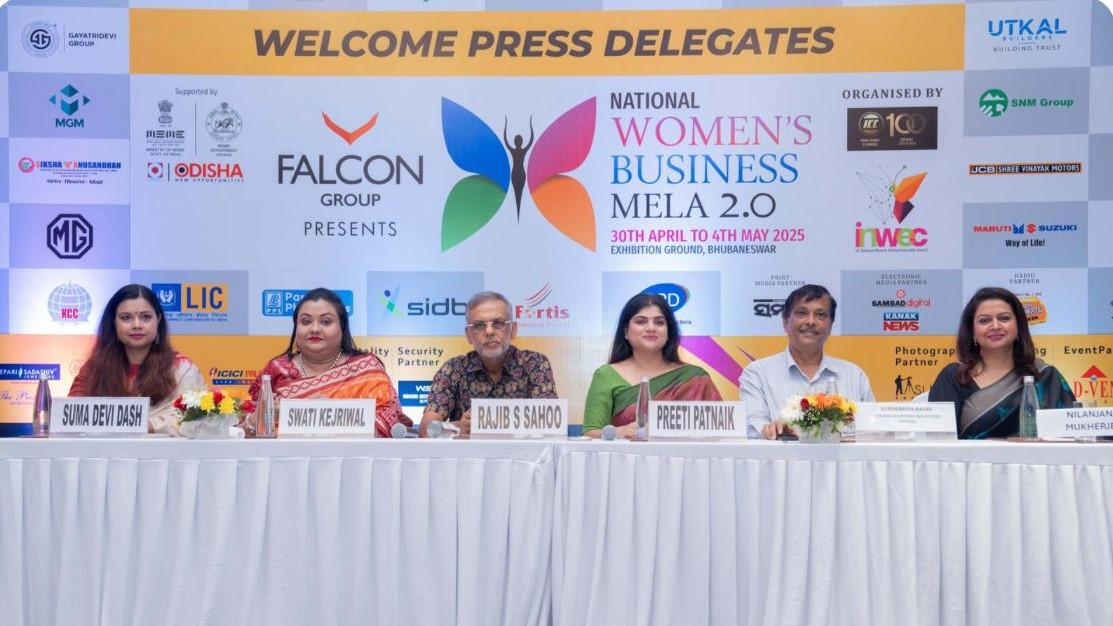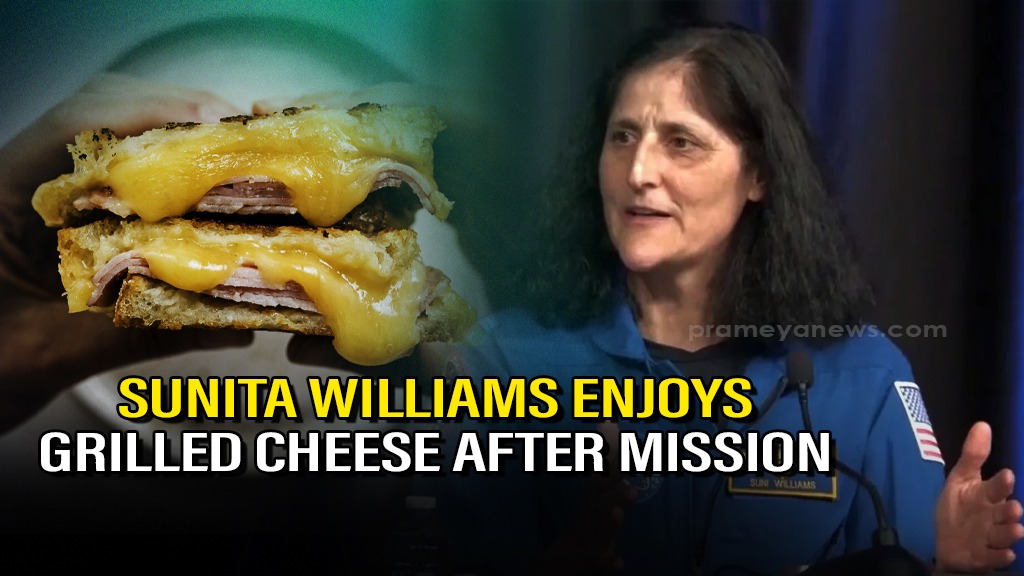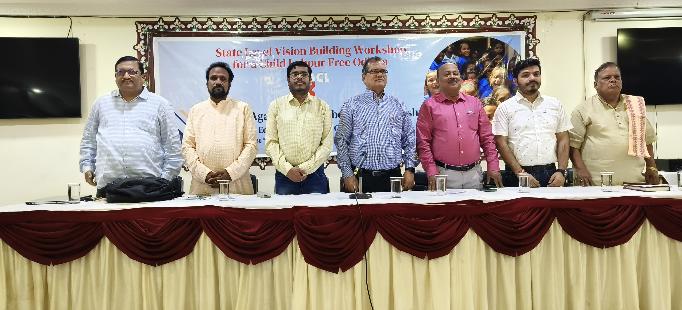Dola Purnima, known by various names such as Dolo Jatra, or Dolo Utsav is a vibrant Hindu festival celebrated across India, including regions like Braj, Rajasthan, Gujarat, Odisha, Assam, Tripura, and Bengal. This festival, dedicated to the divine couple Radha and Krishna, infuses a spiritual essence into its colorful festivities.
During Dola Purnima, adorned swings become focal points where images of Radha and Krishna are placed. Devotees take turns swinging the divine couple while chanting devotional songs and offering prayers, fostering a sense of unity and joy within the community.
A highlight of the celebration is the lively procession, where devotees carry swings bearing idols of Radha and Krishna through the streets. Accompanied by music, dance, and joyful cheers reminiscent of Holi, this procession adds to the jubilant atmosphere of Dola Purnima.
In Bengal, Dola Purnima intertwines with the worship of the goddess Durga, enhancing the festival's cultural and religious significance. Overall, Dola Purnima embodies a time of joyous celebration, devotion, and togetherness, symbolizing the divine love between Radha and Krishna in Hindu mythology.
The terms "Dolotsava" and "Dola Yatra" carry significant meanings:
Dolotsava: Derived from Sanskrit, Dolotsava refers to a swing festival or feast, where the swinging of deity idols is a devotional practice. This tradition finds mentions in texts like the Shri Garga Samhita, particularly during the celebration of Shri Krishna in the month of Chaitra.
Dola Yatra: Combining the Sanskrit words for swing and procession, Dola Yatra signifies a procession involving swings, often featuring idols of deities like Radha and Krishna. Such processions are common during festivals like Dola Purnima, accompanied by music, dance, and chanting.
Both Dolotsava and Dola Yatra hold deep cultural and religious significance in Hindu traditions, showcasing devotees' love and devotion to deities through vibrant celebrations and rituals.
On Dola Purnima, celebrations vary across India:
Procession of Murtis: Idols of Radha and Krishna, adorned with colorful attire and powder, are paraded in swinging palanquins amidst music and chants like 'Hôri Bola'.
Decorations: Swinging palanquins are adorned with flowers, leaves, and colorful fabrics, enhancing the festive ambiance.
Cultural Significance: In regions like Assam and South India, traditional songs and kirtans contribute to the celebration's cultural richness, while diverse customs like Dolotsavam in Andhra Pradesh showcase regional variations.
In spiritual traditions like Radha Vallabh Sampradaya, Haridasi Sampradaya, and Gaudiya Vaishnavism, Dola Purnima holds special significance:
Radha Vallabh Sampradaya and Haridasi Sampradaya: Devotees worship Radha Krishna idols with fervor, offering colors and flowers to commence the festivities, symbolizing love and spiritual celebration.
Gaudiya Vaishnavism: Dola Purnima marks the birth anniversary of Chaitanya Mahaprabhu, revered as an avatar of Radha and Krishna. His teachings emphasized devotion and love for Radha and Krishna, contributing to the Bhakti movement's flourishing in India.
In these spiritual traditions, Dola Purnima represents a time of profound devotion, spiritual connection, and celebration of divine love and teachings.










